 copy.jpg)
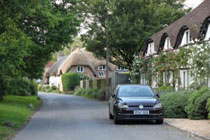
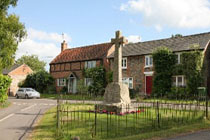
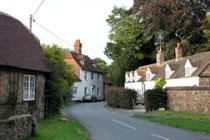
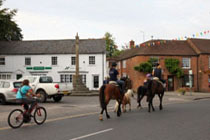
.jpg)
.jpg)
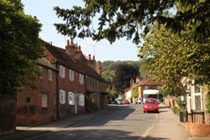
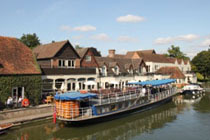
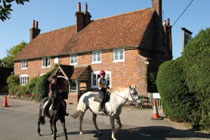
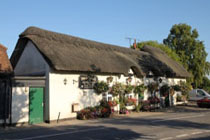
.jpg)
.jpg)
.jpg)
.jpg)
.jpg)
.jpg)
.jpg)
.jpg)
.jpg)
.jpg)
.jpg)
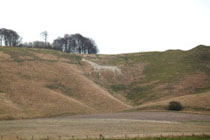
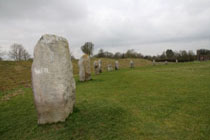
|
Woolhampton is a small village on the A4 trunk road which runs along the northern side of the Kennet valley on the south side of the Berkshire Downs. The village is about half way between Newbury and Reading. Along the main road are houses of varying styles and ages, and with some interesting old buildings. Because of its location on the Bath road, Woolhampton used to be well known for its coaching inns. On the main road only one of these now survives, The Angel. An interesting feature on the main road is a Victorian drinking fountain which was built to celebrate the Diamond Jubilee of Queen Victoria.
On the higher land about half mile to the north of the village is Upper Woolhampton and this is where Woolhampton parish church, St. Peter's, is. The church was rebuilt in 1857 and a 12th-century font is said to be buried under the floor. The font was a carved stone vessel decorated with lead figures, probably saints. A further half mile to the north, but still within the civil parish, is the Benedictine Douai Abbey, and its now-closed Douai School. Between Douai Abbey and the village is the historic Woolhampton House, which now houses Elstree School, a preparatory school that moved to Woolhampton from the Hertfordshire village of Elstree during the Second World War. In the south of the village is Midgham Station, so named apparently to avoid any possible confusion Woolhampton might have had with Wolverhampton. Woolhampton Lock is on the Kennet and Avon Canal south of the railway line. It is at the downstream end of an artificial lock cut, and the River Kennet and lock cut rejoin at the foot of the lock. Just to the east and downstream of this, the navigable river is crossed by a swing bridge carrying the road from the centre of Woolhampton village to the nearby village of Brimpton. Woolhampton is on the Bath Road (A4) six miles east of Newbury. |
|
Woolhampton













